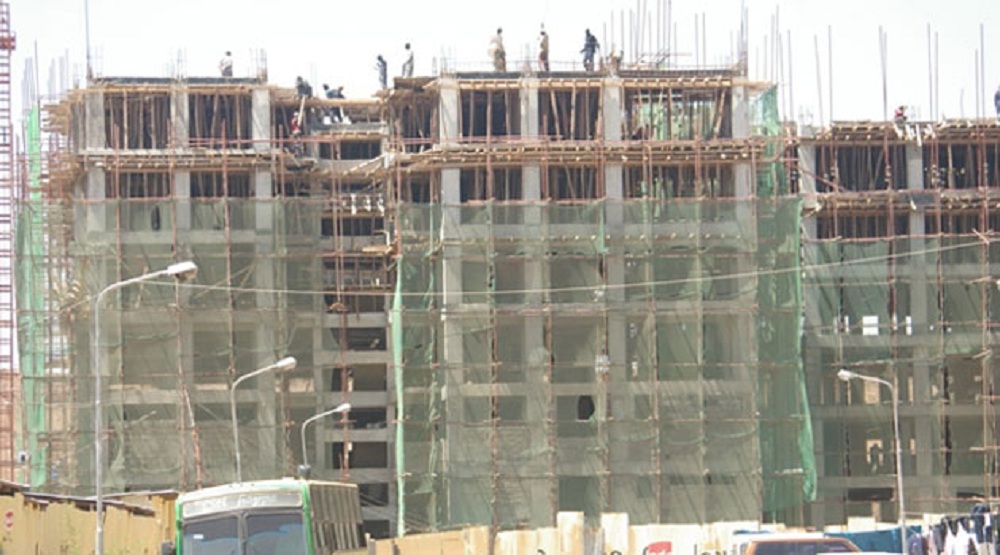The government’s aim of building one million affordable homes in five years, if successful, could ignite a lagging real estate sector, and place Public-Private Partnerships (PPPs) at the centre of economic life for one of Africa’s most rapidly urbanising countries, said East Africa Property Investment (EAPI) Summit managing director Kfir Rusin.
As the head of the region’s largest two-day real estate focused event, a primary focus for the conference is developing a strategy for realising the government’s goal.
“We’re bringing private and public-sector stakeholders together under one roof at EAPI 2018, and we believe we will develop the roadmap to making affordable housing a reality,” said Rusin.
President Uhuru Kenyatta’s announcement in November 2017 energised a tepid real estate market, still recovering from its worst performance in six years. But the Chairman of the Kenya Property Developers Association, Mucai Kunyiha, argues there is a lot of work to be done first.
“Our members are keen to unlock the key obstacles that have hindered progress in the sector in the past, including proper planning by local authorities, provision of adequate infrastructure, and a complete overhaul of the land registries, whose ability to deal with the existing volumes of transactions is already strained,” said Kunyiha.
But the demand for affordable housing is one of the most significant opportunities for PPPs in Africa, with Kenya having the opportunity to create a workable model for the continent to adopt.
Kecia Rust, the executive director of the Centre for Affordable Housing Finance in Africa (CAFH), argues that the opportunity for affordable housing is immense and could lead to the creation of 1.3 million jobs across the continent and US$400 billion in direct economic activity. Kenya, she argues, is one of the markets that could lead the way by creating a workable PPP model: however, certain fundamentals must be addressed.
“The real challenge is the housing value chain, and if we look at the first step, land, how do we get access? We have to look at the municipalities and ask who administers it and address infrastructure requirements and needs first.”
For Rust, the state has an essential role to play in making it attractive for developers to invest in housing by providing incentives and infrastructure financing. One solution, she says, is to split funding between housing and infrastructure, with the state issuing 100-year bonds to fund bulk infrastructure (roads, water) projects. This strategy would reduce development costs and make affordable housing projects more attractive for developers.
The need to develop bulk infrastructure has been a principle driver for developers in focussing on higher-end consumers alone, in delivering an estimated 35,000, mostly unaffordable, homes per year, while the lower and middle end of the market continues to be underserved.
As Rust commented: “The majority of the middle class and working-class households simply can’t get a foot in the door.”
Reducing costs and providing finance for aspirant homeowners is critical, in a market facing such an acute shortage. Prices have risen dramatically in Nairobi since 2010, with a ten-fold increase in price from Ksh 400,000 to Ksh 4 million for the most inexpensive home. Yet mortgage uptake remains low with only 25,000 mortgage-purchased homes, in total.
While the government remains tight-lipped on what an ‘affordable home’ is; Kunyai defines it as a building costing up to Ksh 4 million to buy, and aimed at households that earn between Sh40,000 and Ksh 100,000 per month.
“We’re very much looking at affordable housing and how we can work together with the government and the private sector, to participate in the government’s housing agenda under the big 4,” said Barclays Kenya’s Head of Strategy, Moses Muthui.
Addressing the shortage of homes will provide an economic stimulus to the entire economy through the creation of jobs and increased investment, which is likely to spill over into the regional economy. And while PPPs are not a new route to large infrastructure development, globally, the scale, social focus and timeline of the projects will lead to increased attention by investors, developers and public-sector stakeholders across the continent.
READ: Equity Bank introduces new tariffs for PayPal
At the EAPI Summit, which will be held on April 24 and 25, a core theme for its stakeholders, will be the ambitious housing projects launched by the state. While public housing has been used as an electoral campaign pledge throughout the world, the distinction is that the Kenyan Government is extending its hand in partnership through creating favourable tax incentives, providing land, and investing a considerable portion of its GDP into industrial construction plants to reduce capital expenditure by developers.











Leave a comment